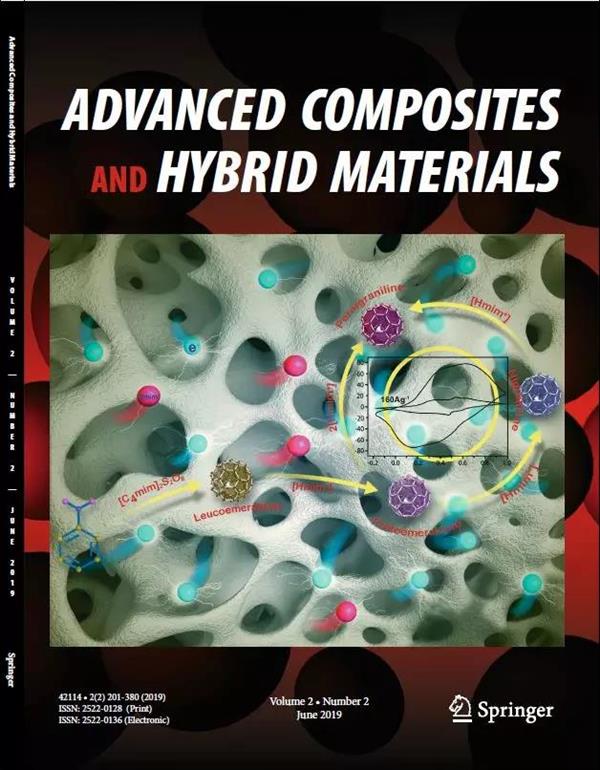Nature-derived hydrogel for microplastic removal
Abstract
The accumulation of microplastics in aquatic environments poses a significant threat to ecosystems and human health. In response, we developed a sustainable and bio-based adsorbent hydrogel composed of chitin and cationic lignin for efficient removal of nanoplastics from wastewater. The composite hydrogel exhibited excellent mechanical integrity in aqueous media and fully recovered its structure after mechanical deformation, ensuring durability during operation. Importantly, adsorption experiments were conducted under neutral pH conditions to reflect realistic aquatic environments, and the hydrogel achieved a maximum adsorption capacity of 1,790.8 mg/g—substantially surpassing the performance of previously reported nanoplastic adsorbents. Adsorption kinetics followed the pseudo-second-order model, while the isotherm behavior followed the Langmuir model. The removal mechanism was governed by electrostatic interactions between the cationic lignin and negatively charged nanoplastics, as well as π-π interactions facilitated by the aromatic structure of lignin. Furthermore, the hydrogel retained 93.7% of its initial adsorption efficiency after three reuse cycles, demonstrating good regeneration potential. These findings highlight the synergistic effect of combining natural polysaccharide and aromatic biopolymer components to produce a high-performance microplastic adsorbent. The results provide valuable insights into the design of environmentally friendly, renewable-material-based adsorbents for hazardous pollutant remediation and align with global efforts to develop sustainable water purification technologies.

 求助内容:
求助内容: 应助结果提醒方式:
应助结果提醒方式:


